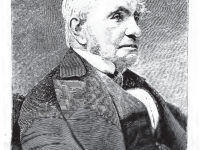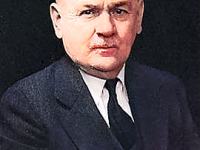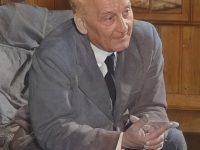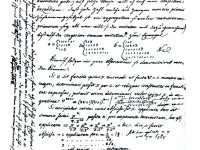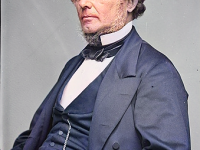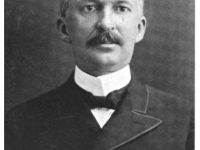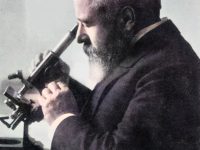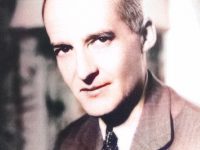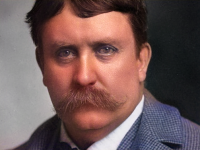Sir Richard John Griffith and the Geological Map of Ireland
On September 20, 1784, Irish geologist and mining engineer Sir Richard John Griffith was born. Griffith sometimes has been called the “father of Irish geology.” He completed the first complete geological map of Ireland and was author of the valuation of Ireland – known ever since as Griffith‘s Valuation. Education and First Work Experience Richard John Griffith was born in Hume Street, Dublin, Ireland, the son of Richard Griffith M.P. of Millicent…
Read more

